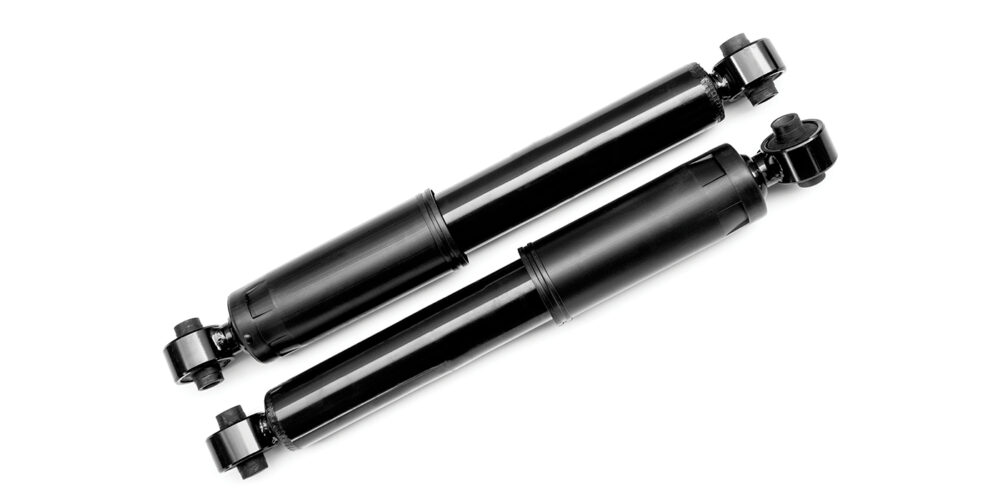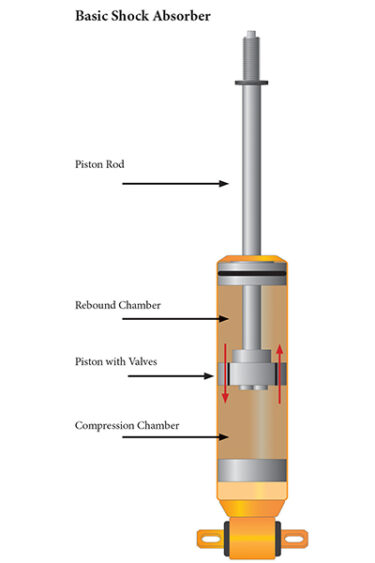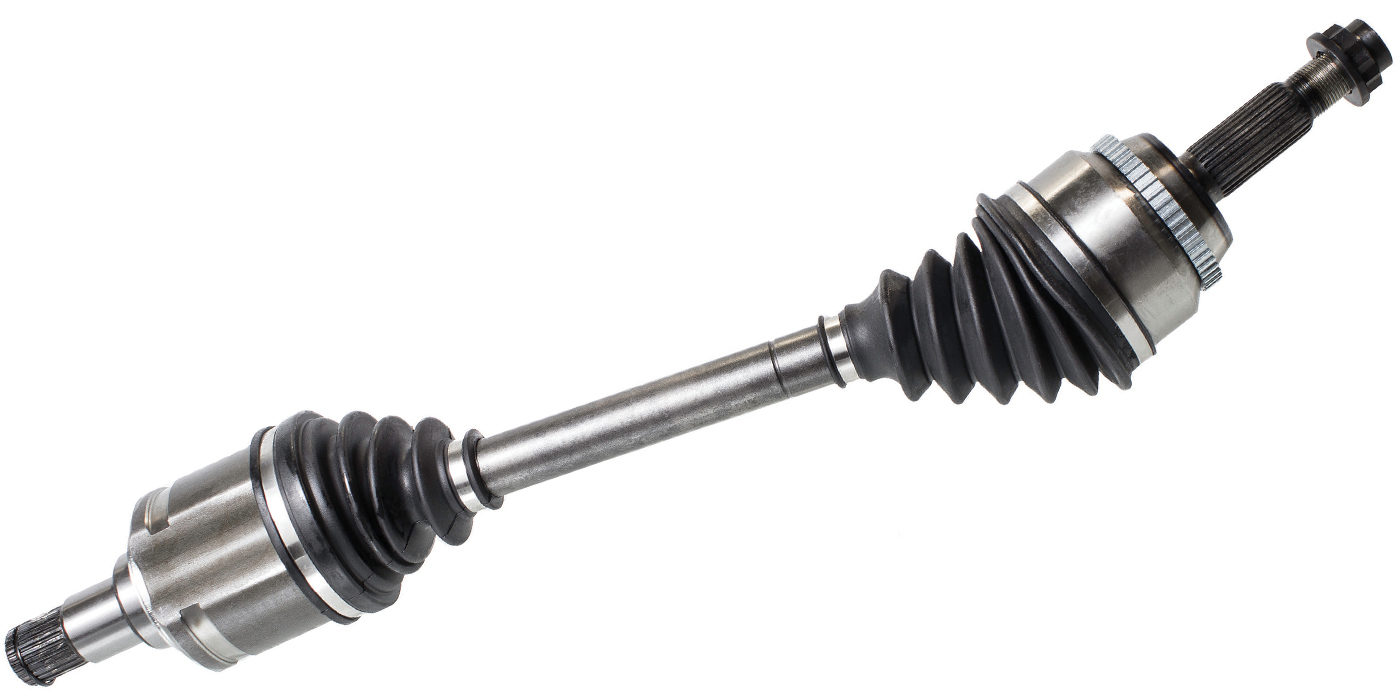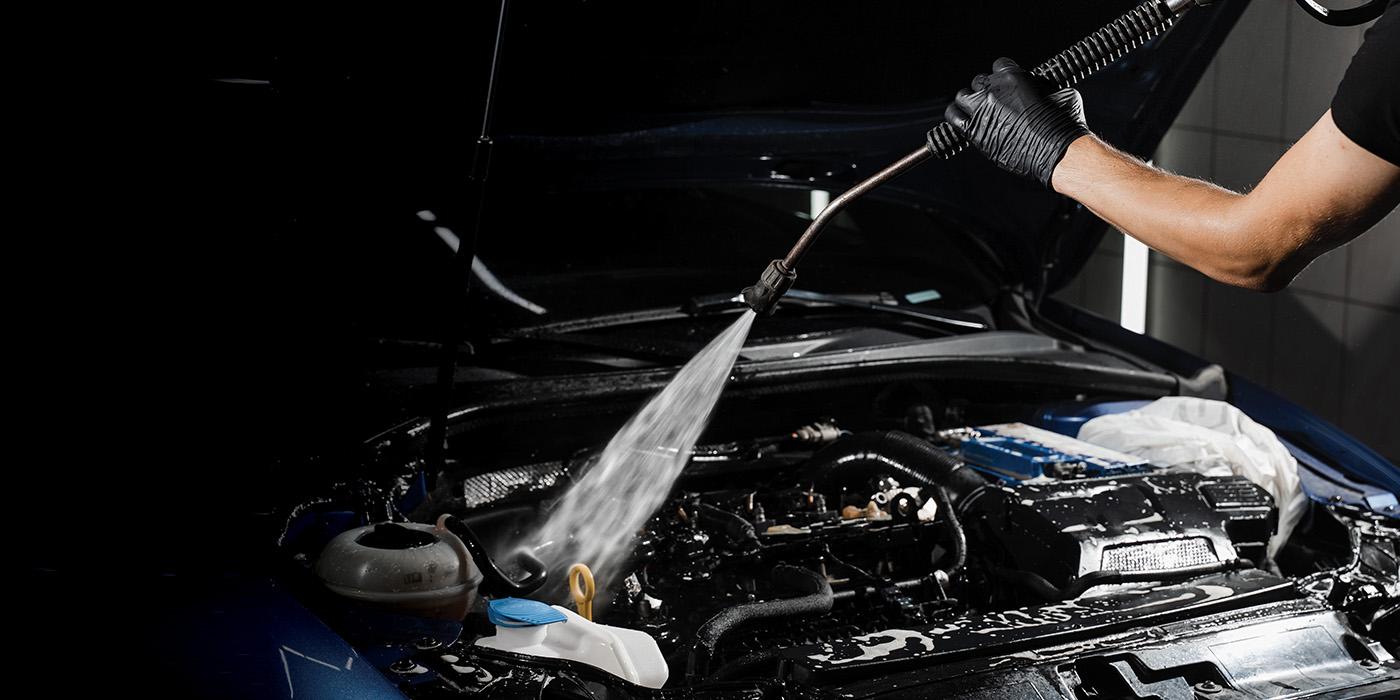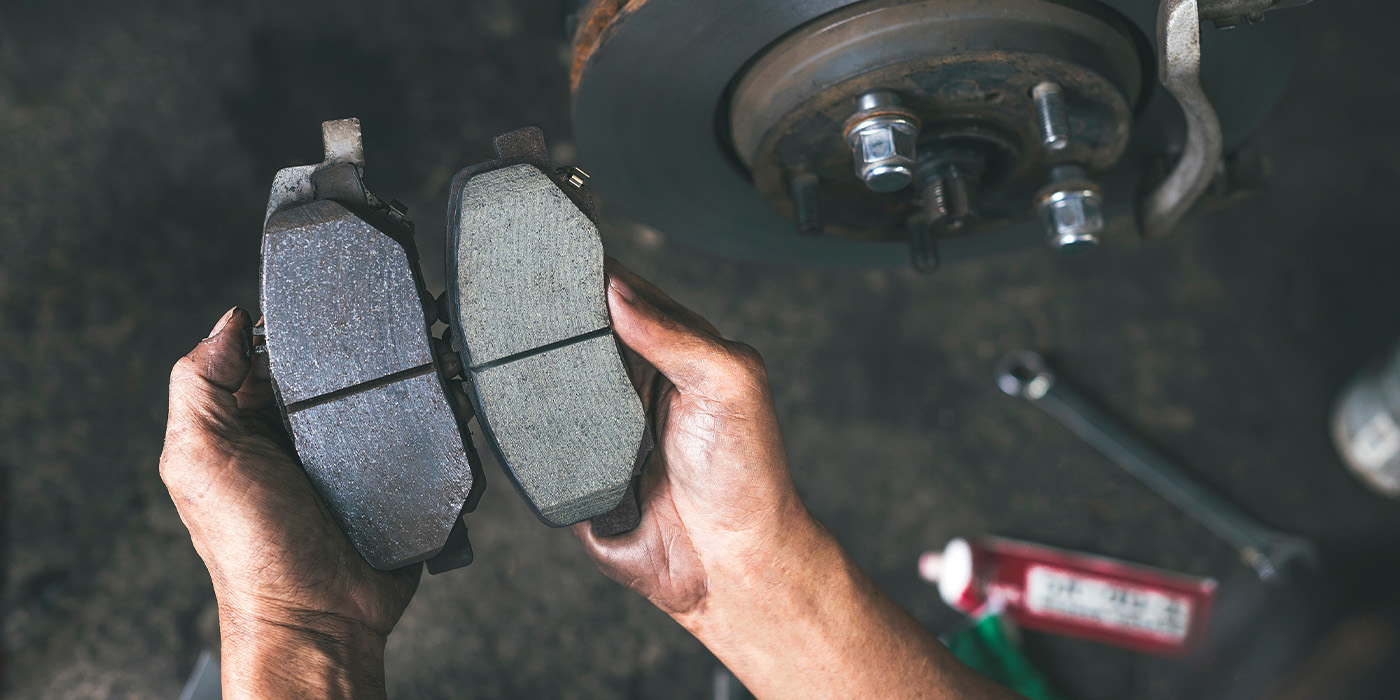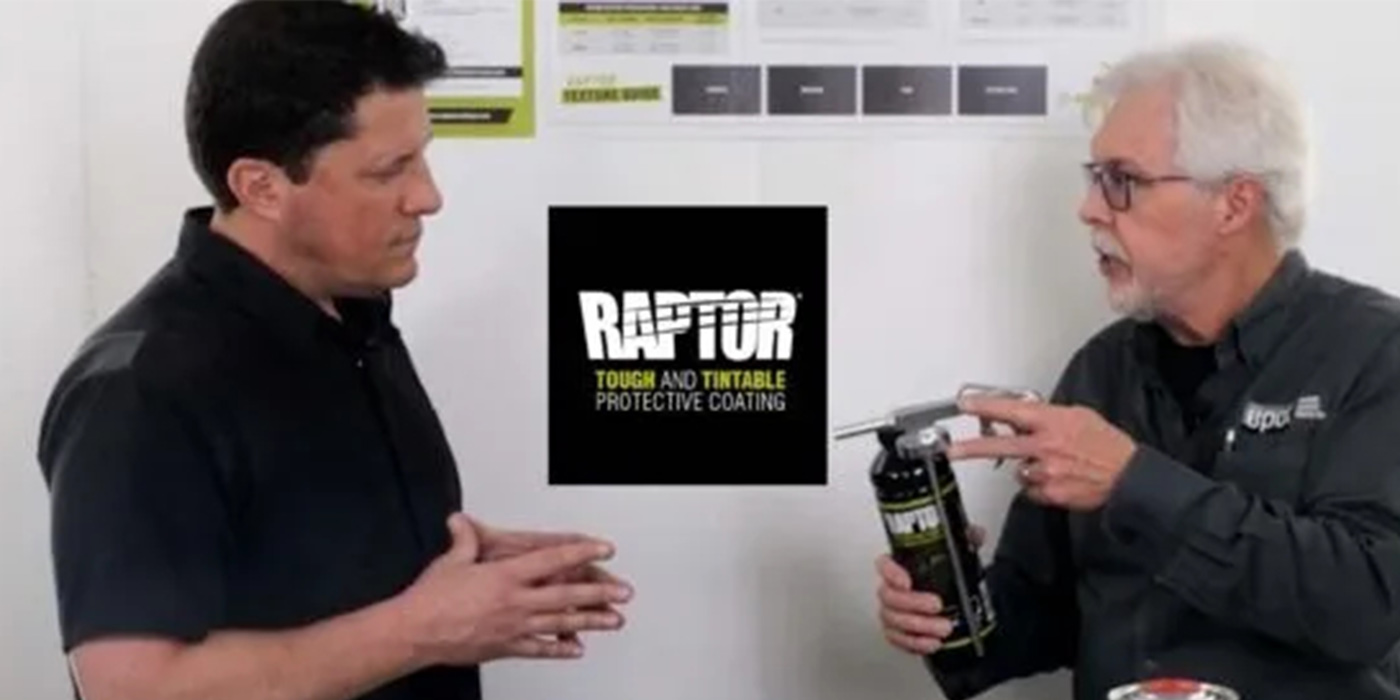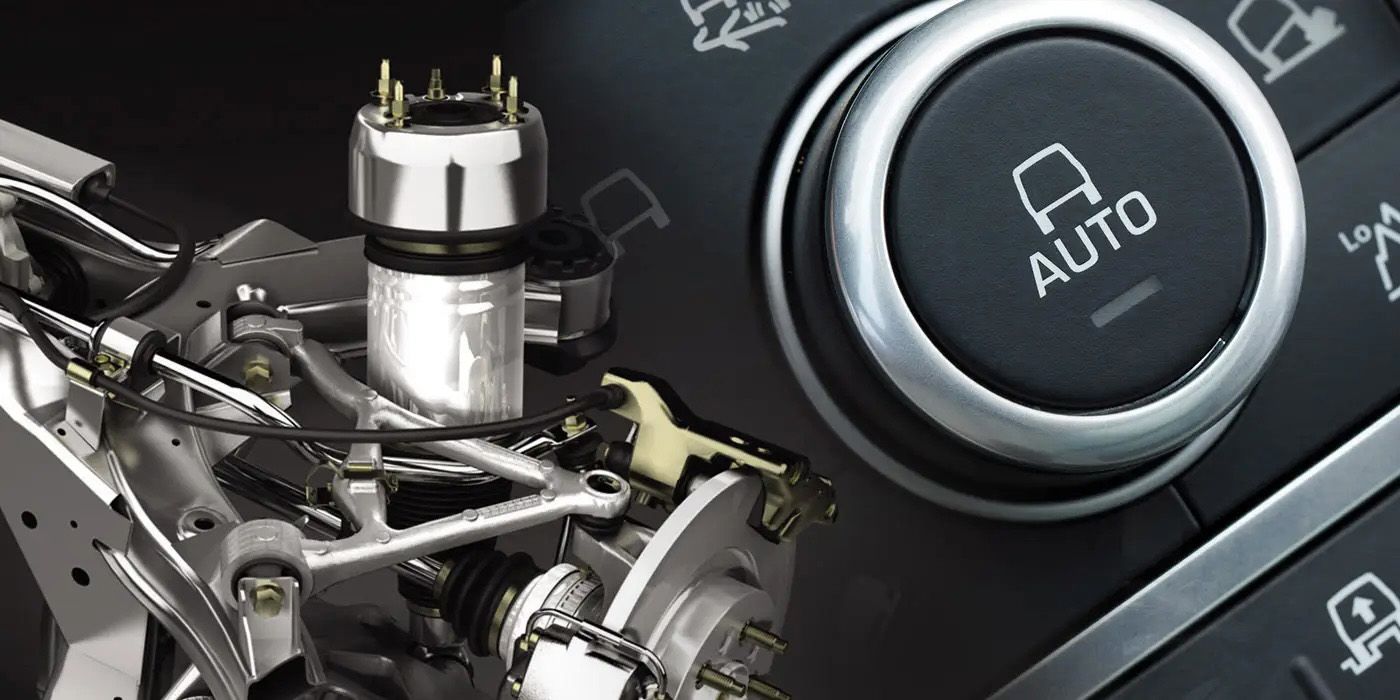f you read automotive articles on a regular basis, you’ve no doubt read about the scientific side of brakes many times. They convert kinetic energy, which is the energy of motion, into heat energy through friction between the brake linings and the drum or rotor. Because of this, brakes get hot…real hot…and dissipating the heat is one of the most critical factors affecting brake operation.
So, would you believe that shock absorbers work off the same scientific basis of converting kinetic energy into heat energy? It’s true, and here’s how it works.
Kinetic energy is the energy of motion. The springs on a vehicle support the weight of it and allow the suspension to move. But what would happen if there were no shock absorbers? Every time you hit a bump, the springs would compress then expand, and do this over and over again until they finally settled down.
If you’ve never experienced the sensation, which is something like rocking on a boat, you’ve likely seen it on a car going down the road. The front or rear goes up and down, up and down, literally “bouncing” down the road. It happens, in this case, not due to the lack of shocks, but due to the fact that they are simply worn out, so for all practical purposes, they may as well not exist.
The springs absorb the kinetic energy from hitting a bump, but since springs are considered elastic objects, the energy is turned into potential energy. And, in the case of a spring, or any elastic object, the potential energy is then released, and the energy output equals the energy input. The spring will return to its original shape. At that point, the momentum of the car body creates kinetic energy, which in turn acts on the spring in the opposite direction. As you can see, this is a vicious circle, and we need shock absorbers to control it.
The job of a shock absorber is therefore to control the kinetic and potential energy of a spring by dampening its movement. Shock absorbers are filled with hydraulic oil, separated between two different chambers. Between the two chambers is a piston and valve assembly. (See Figure 1). The piston is connected to a piston rod which moves in and out of the shock as the suspension moves.
Compression is when the piston rod is forced into the shock; rebound is when the piston rod is pulled back out. The key lies in the valving, which restricts the flow of oil between the two chambers. Forcing the oil through these valves creates friction, which in turn creates heat. Yes, shocks do get hot, and now the shock has turned kinetic energy into heat energy.
Changing the size of these valves changes the amount of force it takes for compression or rebound, which ultimately changes the ride characteristics of the vehicle. This is one of the main reasons there’s a difference in feel between a sports car and a luxury car.
The more restrictive the compression and rebound, the less the suspension spring will move, which provides improved handling and stability characteristics, such as those desired on a sports car, but this also results in a firmer ride. Less restrictive compression and rebound allows greater spring movement and a softer ride, but not as good handling characteristics. There’s always a tradeoff.
The comparison between the compression and rebound forces in a shock absorber is the shock ratio. Many standard shocks have a 50/50 ratio, meaning the compression and rebound forces are equal. Unequal forces one way or the other can have a drastic effect on handling, and one of the best examples to demonstrate this is with some old school drag racing tech. In drag racing, it’s important to shift the weight to the rear of the vehicle to increase traction while launching. One of the ways to attain this is by using 90/10 shock absorbers on the front.
What this means is that of the total compression and rebound forces, 90% of the force is required to compress the shock, but only 10% of the force is required to extend the shock. When launching, the front of the car wants to lift as weight shifts to the rear. With a 90/10 shock, the front will unload easily and allow the weight to shift to the rear. Then, since it takes a much greater force to compress the shock, instead of the car coming right back down and bouncing in the front after hitting the track, the shocks will remain extended with the weight shifted rearward, and slowly settle as the car goes down the track.
It often takes a while and a few different adjustments with shock ratio, both front and rear, to get a drag car suspension properly “tuned” in. By the same token, stock vehicles, either performance or luxury, are engineered to find the best of both worlds in handling versus comfort. So, the next time you talk about shocks to your customer, make it fun and talk a little science.

